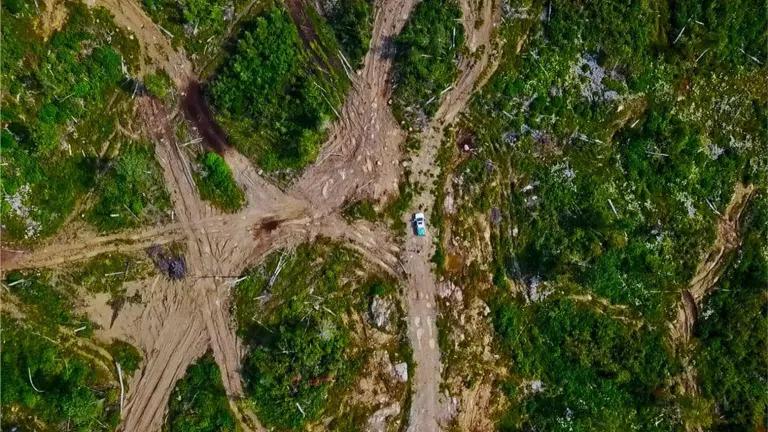The Globe and Mail recently reported on a study by Natural Resources Canada which evaluating the corrosivity of a variety of crudes, including diluted bitumen. In many ways, this study represents a missed opportunity. In Tar Sands Pipeline Safety Risks, NRDC advocated that regulators "analyze and address potential risks associate with the transport of diluted bitumen at the high temperatures and pressures at which those pipelines operate." However, by choosing room temperature, rather than the higher temperatures commonly found in diluted bitumen pipelines, to evaluate the corrosivity of diluted bitumen, researchers limited the value of their results. Because internal corrosion is catalyzed by either higher temperatures or sulfide fixing bacteria, it's not surprising to find that all crudes in low temperature lab settings aren't particularly corrosive. It's not particularly useful either.
In addition to an inadequate evaluation of internal corrosion, it appears that this study did not evaluate the higher risks that external corrosion pases for high temperature diluted bitumen pipelines. While most crude pipelines do operate at ambient temperatures, we know from a study of high temperature pipelines in California that pipelines operating above 129 F have nearly ten times the external corrosion failure rate when compared to ambient temperature pipelines. The Keystone XL tar sands pipeline has an expected temperature range which goes well above that level while Keystone 1 was listed with a maximum operating temperature of 158 F. The National Transportation Safety Board (NTSB) faulted Enbridge in its investigation of Kalamazoo because the company didn't consider how two separate risks, external corrosion and stress corrosion cracking, interacted to create a much more significant risk. Understanding how diluted bitumen behaves in high temperature pipeline conditions is critical to evaluate the risks of these pipelines.
It is encouraging that regulators are beginning to due due diligence to evaluate the risks of diluted bitumen pipelines - NRDC has been asking for this for several years. However, not only do researchers need to consider the high temperatures of diluted bitumen pipelines as they evaluate internal corrosion risks, they also need to evaluate external corrosion risks, leak detection issues, and the greater challenges that diluted bitumen poses during spills. It's important that regulators have an accurate understanding of the risk of internal corrosion in diluted bitumen pipelines. However, stopping there would be akin to a pilot stopping after the first item in his checklist. You wouldn't want to fly on that plane - and folks have the right to expect the same level of due diligence by companies proposing to build tar sands pipelines through their communities.




